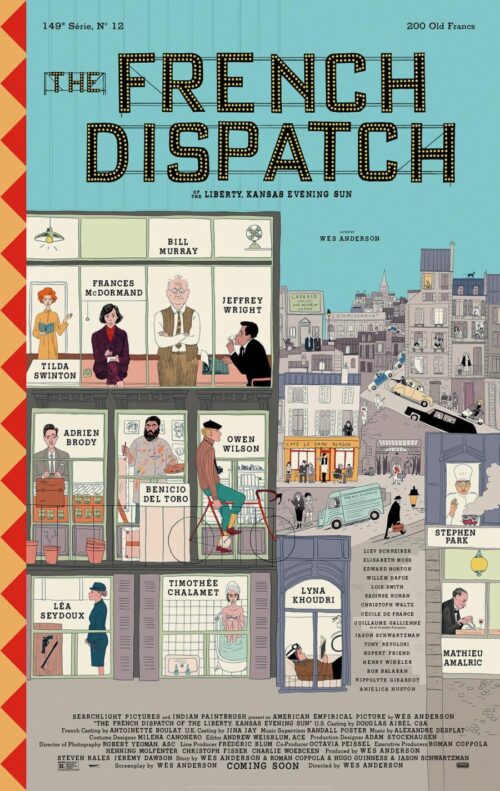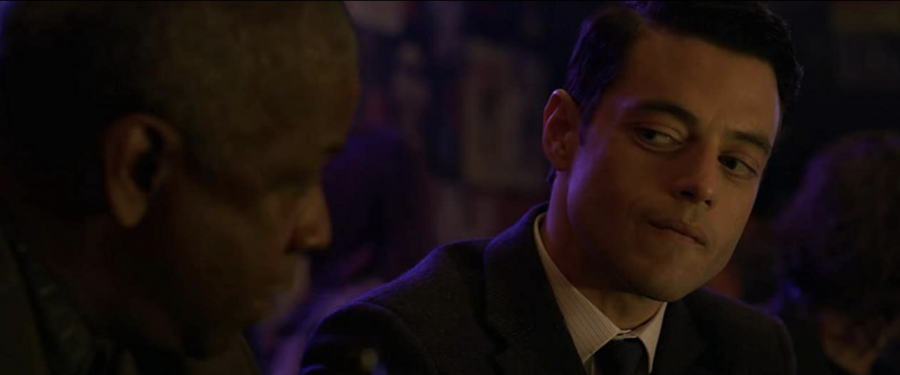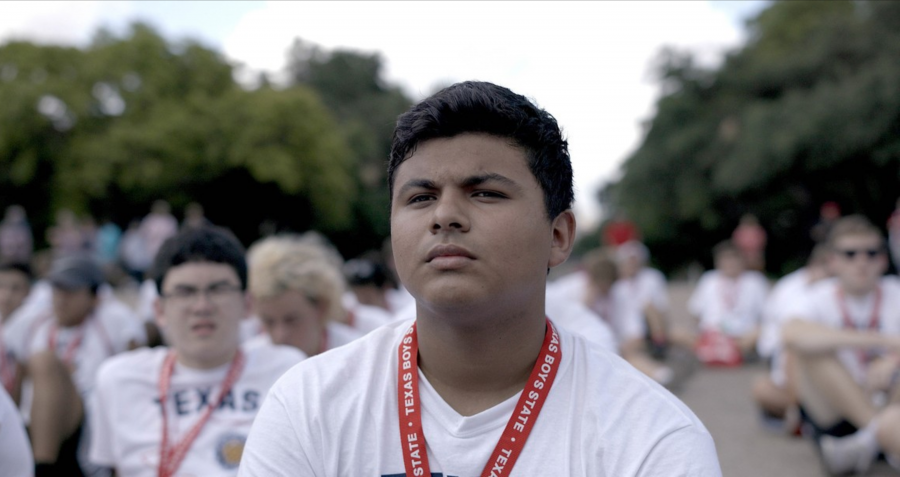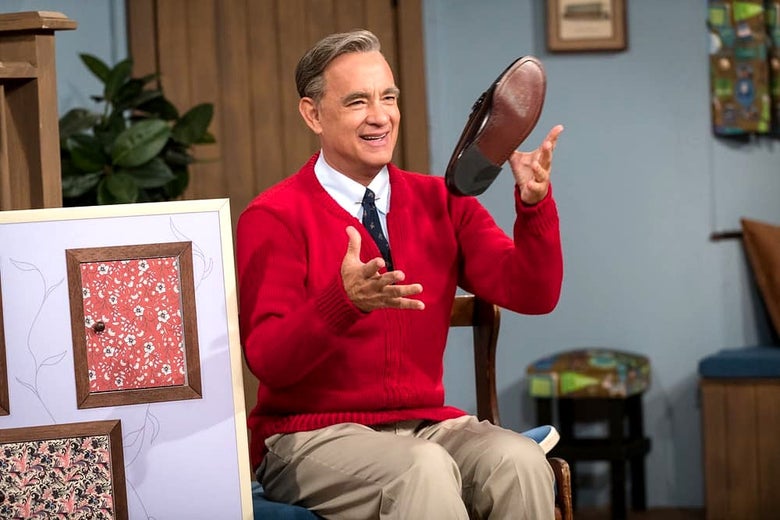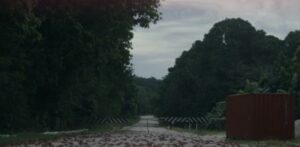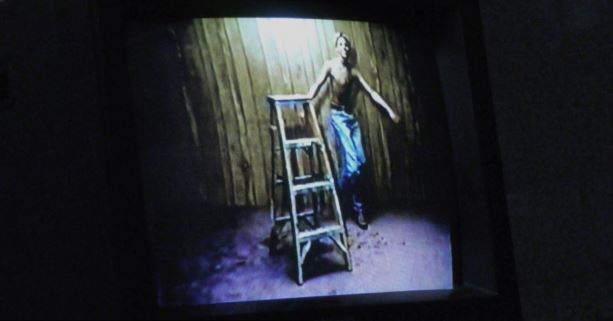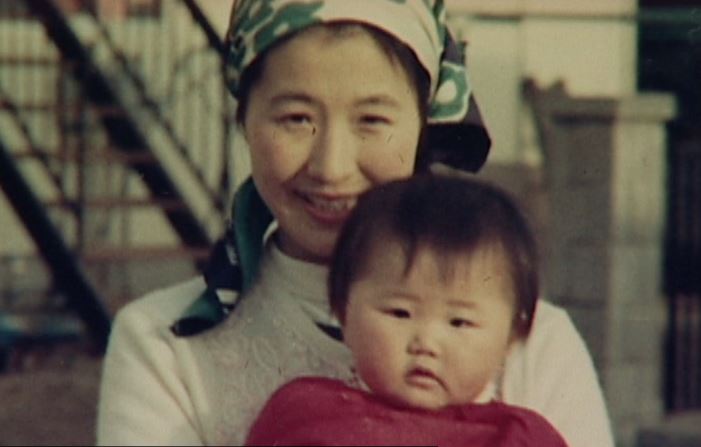After I stood awkwardly in the balcony of The Blue Note theater for a few minutes before I finally found a seat, I uncomfortably sat behind a man who had every Apple product imaginable and beside another man who refused to speak to me under any circumstance. With the unfriendly atmosphere suffocating me, I thought to myself, “okay, this movie better be good.”
“The Magic Life of V” made my seating arrangement worthwhile.
While I will admit the movie was not quite what I thought it would be, the cinematography and interesting characters delivered a story I could not only relate to, but learn from. The main character, a girl named Veera, found herself in what must have been a lifelong process to resolve trauma, but director Tonislav Hristov captured the struggle in a perfect 85 minutes.
In the beginning of the film, I didn’t quite know what was going on. I read the description of “The Magic Life of V” before I entered the theater, so I had an idea of the plotline, but the intensity of the film was something I did not expect. The documentary opens with Veera taking on the persona of V, as she travels to a Harry Potter esque role-playing event. Veera tells the personality of V to a stranger on the bus, stressing that V is “happy all the time.” I could relate to this, as I tied my inner struggle of wanting so desperately to be happy and positive all the time as reality fell around me. In this moment I knew “The Magic Life of V” would be a film to learn from.
And learn I did.
Throughout the entire movie, Veera displays an emotional maturity that could only develop after years of struggle. She is patient with her brother, who is disabled after developing an intense fever when he was one year old, and kind to everyone around her. Veera often participates in a sort of training session for a live action role play (LARP) of a medieval battle. She takes her brother with her and together, they learn to navigate the world through escapism.
The escapism theme of the film is prominent, with an underlying theme of a fear of confrontation. While Veera’s brother, Ville, often visits their abusive father, Veera refuses. Veera cares about Ville, and through well-timed footage of therapy sessions, she begins to reveal the history of her trauma. She deals with the trauma through LARPing and creating characters and versions of herself to support the true Veera. Throughout the entire movie, we see footage of Veera LARPing, though she does break character, showing the viewers that avoiding the root of trauma is a temporary solution to a lifelong problem.
Again, her avoidance to her problems taught me something about my own life and how I deal with issues. Veera’s strength and patience were traits I admired, and her story made me realize every single person in the world has demons and problems he or she must deal with. After 15 years of avoiding confrontation, Veera finally meets with her abusive father who she expressed deep hatred and rage for. The movie displays her feelings perfectly with footage of old home movies and video-chats with friends. Additionally, the cinematography of the beautiful landscape Veera walks through shows how she feels lost on the inside.
Toward the end of “The Magic Life of V,” we see her growth both through her LARPing characters and the real Veera. She still uses her cloak from her first LARPing experience in the wizard realm to confront her demons as she learned at the event, and this helps her gain strength to realize her father is not a demon, but a sad, old man whom she exceeded through patience, strength, maturity and the magic of LARPing.
What were your thoughts on ‘The Magic Life of V?’ Let us know in the comments below!














































































